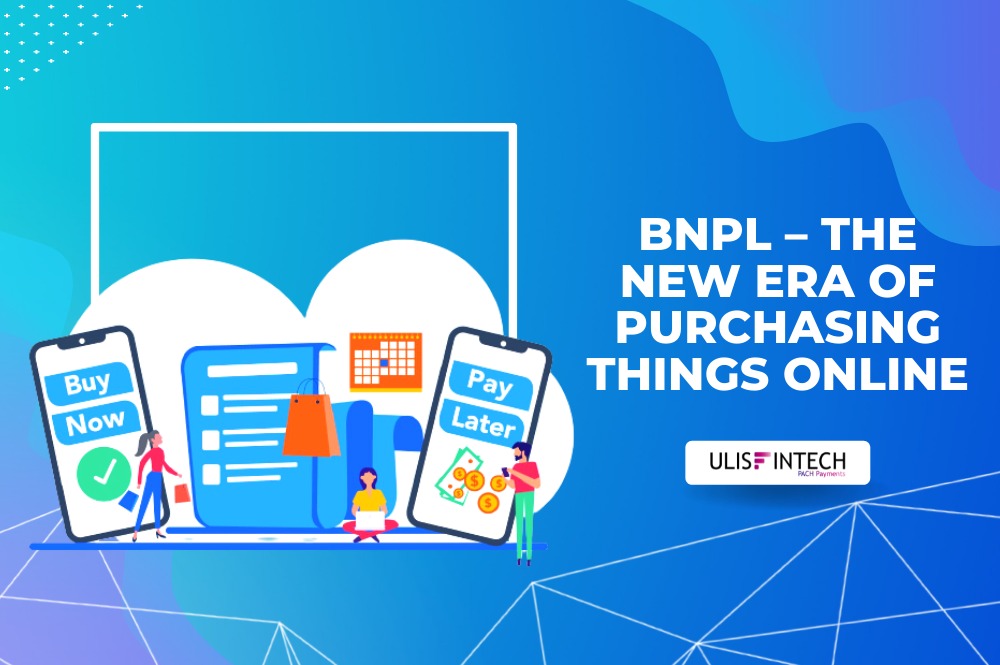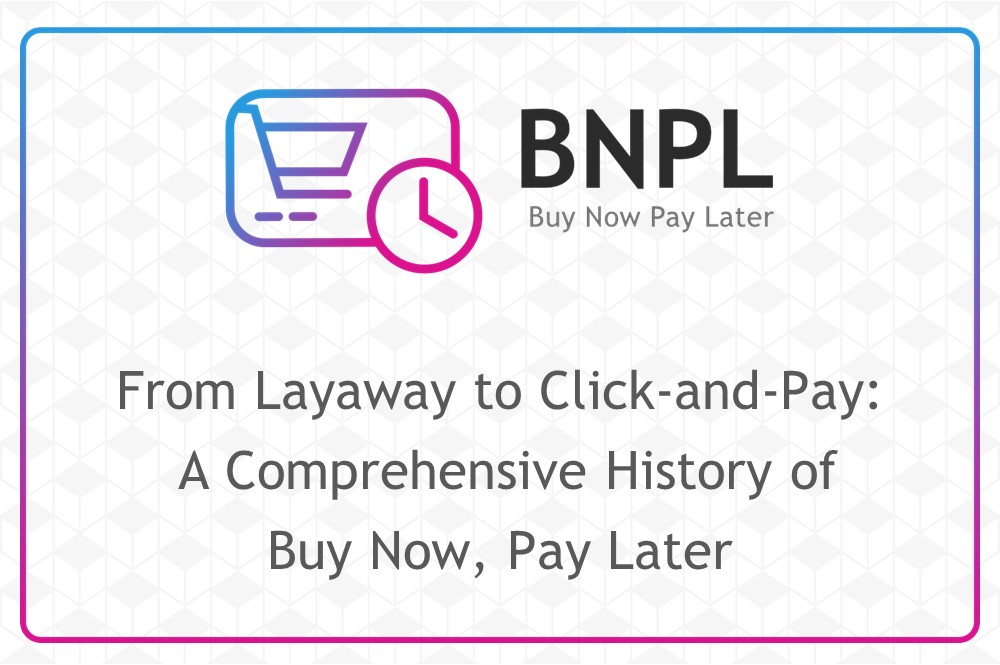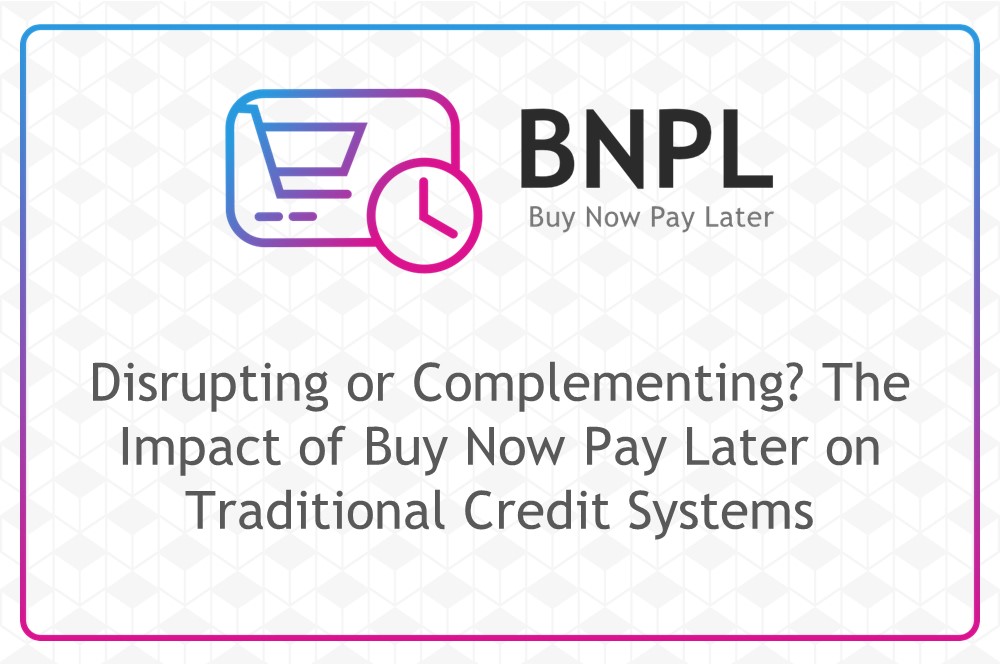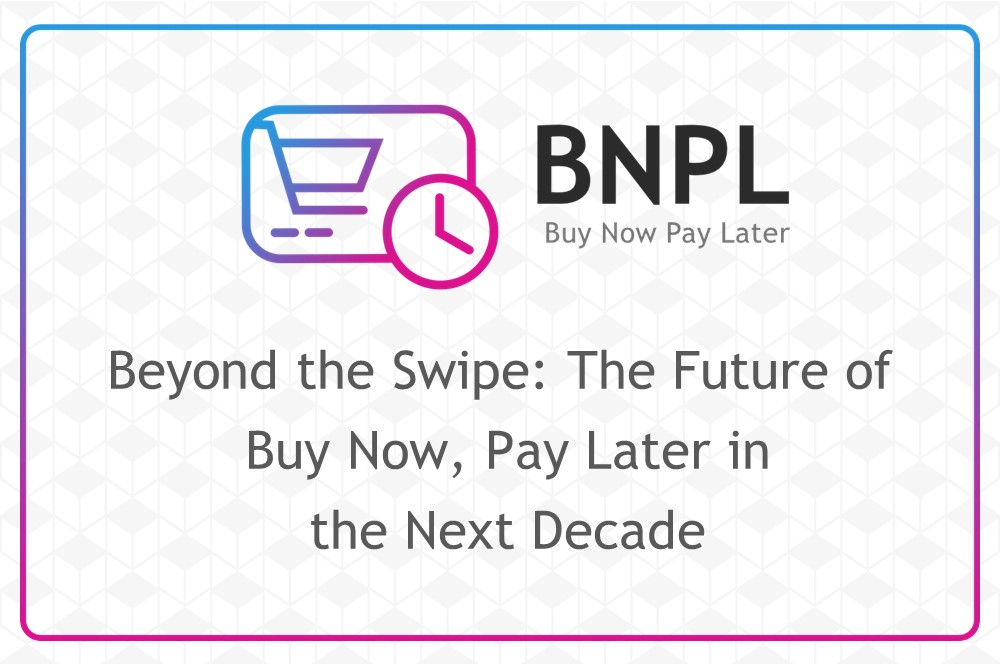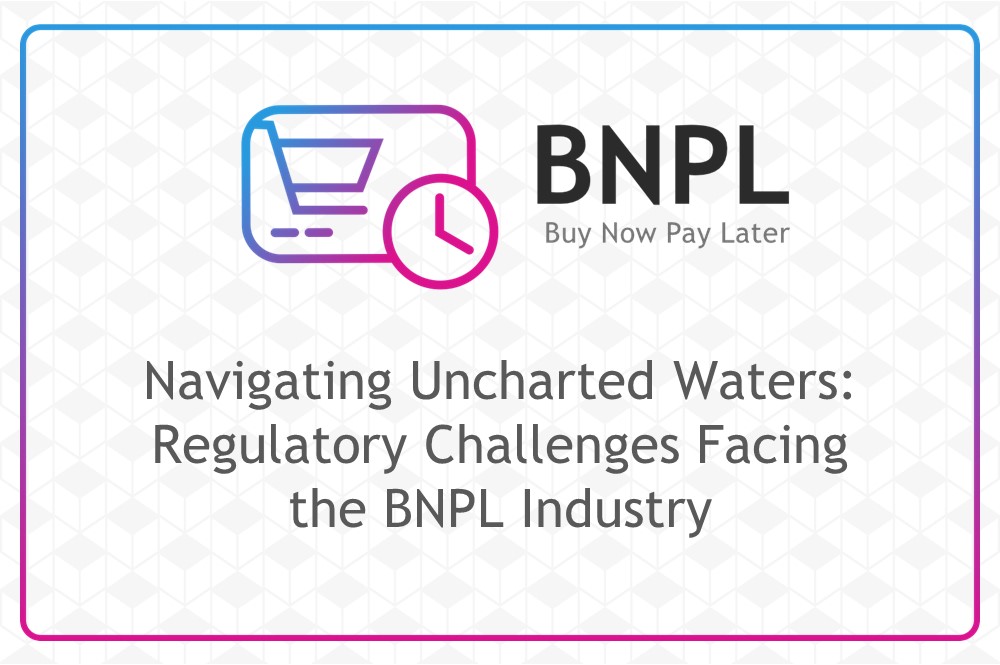Bridging the Financial Divide: The Role of Buy Now, Pay Later (BNPL) in Promoting Financial Inclusion
Nov 21, 2024 - 2 MINS READ
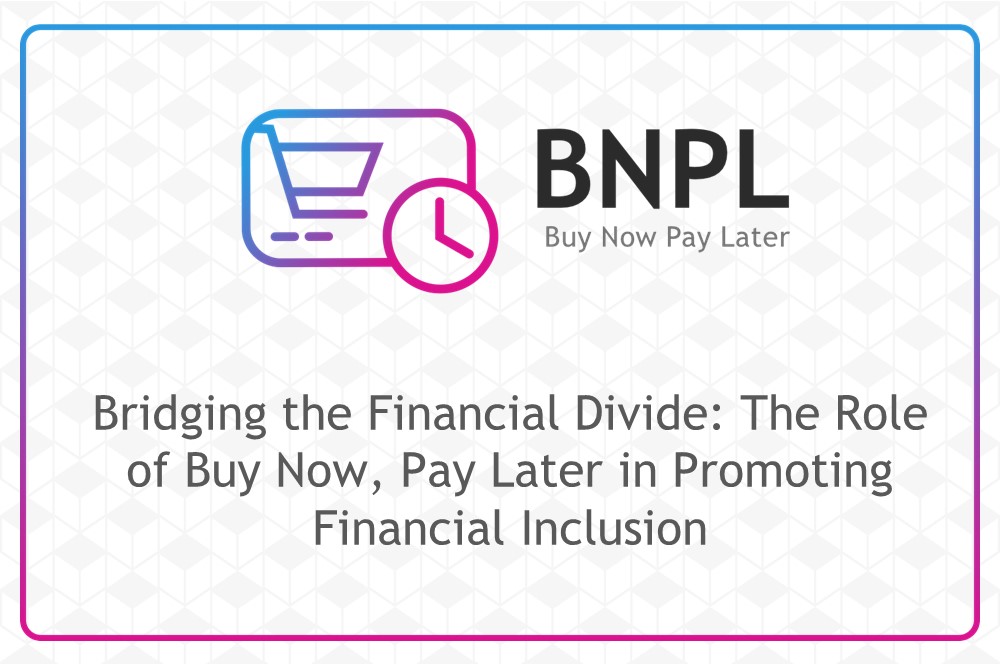
The Role of BNPL in Promoting Financial Inclusion
Financial inclusion – ensuring everyone has access to financial products and services – remains a global challenge. But a new player has emerged on the scene with the potential to bridge the financial gap: Buy Now, Pay Later (BNPL). This blog post delves into how BNPL can empower the unbanked and underbanked populations, promoting financial inclusion on a global scale.
Beyond Traditional Banking: Why BNPL Matters for Financial Inclusion
Traditional banking systems often leave a significant portion of the population behind. Here's why BNPL offers a unique solution:
-
Lower Barriers to Entry: Unlike traditional credit cards with stringent eligibility requirements, BNPL services often have less stringent criteria, making them accessible to a wider audience. This is particularly relevant for the unbanked and underbanked who lack credit history or formal employment.
-
Focus on Mobile Technology: BNPL operates primarily through mobile apps, aligning perfectly with the high mobile penetration rates in many developing economies. This mobile-first approach removes geographical barriers and allows participation for those without access to physical banks.
-
Flexible Payment Options: BNPL offers users the convenience of spreading out payments for purchases, making essential goods and services more affordable for individuals with limited financial resources. This flexibility empowers them to manage their finances more effectively.
Building a Brighter Future: The Potential Benefits of BNPL for Financial Inclusion
BNPL offers a multitude of benefits that can contribute to financial inclusion:
-
Empowering the Unbanked: By providing an alternative to traditional banking systems, BNPL can empower the unbanked population to participate in the financial ecosystem. This fosters economic activity and improves their quality of life.
-
Building Credit History: Responsible BNPL usage can help users establish a credit history, opening doors to other financial products and services in the future. This paves the way for long-term financial stability.
-
Promoting Financial Literacy: BNPL providers can play a role in educating users about responsible credit usage and financial management. This empowers individuals to make informed financial decisions.
-
Boosting E-commerce: By offering convenient payment options, BNPL can stimulate e-commerce growth. This can create new business opportunities and improve access to goods and services in underserved communities.
Navigating the Landscape: Challenges and Considerations for BNPL and Financial Inclusion
While promising, promoting financial inclusion through BNPL requires addressing some challenges:
-
Responsible Lending Practices: Regulations are crucial to ensure BNPL providers engage in responsible lending practices, preventing over-indebtedness among vulnerable populations.
-
Financial Literacy Initiatives: Promoting financial literacy education remains essential to ensure users understand BNPL terms and conditions, fees, and responsible repayment practices.
-
Data Privacy and Security: As BNPL relies heavily on user data, robust data privacy and security measures are vital to protect user information and build trust in the financial system.
Collaboration is Key: Building a Sustainable Future for Financial Inclusion
To maximize the potential of BNPL for financial inclusion, a collaborative approach is necessary:
-
Regulators and BNPL Providers: Collaboration between regulators and BNPL providers is crucial to develop clear regulations and best practices that promote responsible lending and consumer protection.
-
Financial Institutions and NGOs: Partnerships between BNPL providers, traditional financial institutions, and NGOs can create financial literacy programs and educational resources for users.
-
Technology and Innovation: Continued technological advancements can address data security concerns and develop innovative solutions for debt collection, particularly in emerging markets.
Conclusion: A Catalyst for Change
BNPL has the potential to be a powerful tool for promoting financial inclusion around the globe. By addressing the challenges and fostering collaboration between stakeholders, BNPL can empower the unbanked and underbanked, paving the way for a more inclusive and equitable financial future. As BNPL continues to evolve, its impact on financial inclusion has the potential to be truly transformative.
